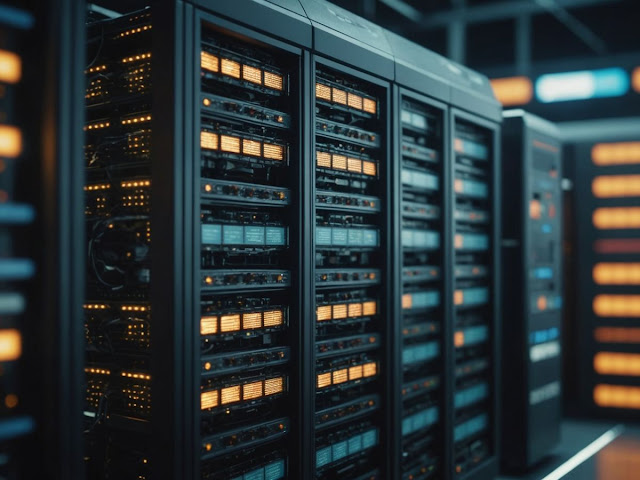The rapid growth of artificial intelligence (AI) is placing unprecedented demands on global power grids, leading to concerns about energy supply, environmental impact, and infrastructure resilience.
As AI technologies, particularly generative AI, continue to expand, the energy required to support these advancements is straining power systems worldwide.
Key Takeaways
- AI's energy consumption is significantly increasing, with data centres being major contributors.
- The surge in energy demand is leading to delays in grid connections and higher electricity prices.
- Renewable energy sources are struggling to keep up with the rapid growth of AI-driven power needs.
AI's Insatiable Energy Appetite
AI technologies, especially those involving generative AI, require substantial computing power. This power demand is driving the construction of massive data centres, which consume as much energy as small cities. For instance, a single data centre can use as much electricity as 30,000 homes. This surge in energy consumption is not only straining existing power grids but also leading to increased reliance on fossil fuels, as renewable energy sources struggle to meet the demand.
Global Impact and Local Challenges
The impact of AI's energy demands is being felt globally. In the United States, data centres are projected to use 8% of the country's total power by 2030, up from 3% in 2022. In the UK, AI is expected to consume 500% more energy over the next decade. Countries like Ireland and Malaysia are also experiencing significant challenges, with data centres consuming a large portion of their renewable energy output.
Environmental and Economic Consequences
The environmental impact of AI's energy consumption is significant. The increased demand for electricity is leading to the prolonged use of coal and gas-fired power plants, delaying the transition to cleaner energy sources. This is causing concerns about the ability to meet climate goals and reduce carbon emissions. Additionally, the cost of electricity is rising, with consumers bearing the brunt of the increased demand and infrastructure upgrades.
Innovative Solutions and Future Outlook
To address these challenges, tech companies are investing in innovative energy solutions. Microsoft, for example, is exploring the use of nuclear fusion and small nuclear reactors to power its data centres. Other companies are looking into geothermal energy and more efficient data centre designs. However, these solutions are still in the experimental stages and may not be viable in the near term.
Conclusion
The rapid expansion of AI technologies is creating a significant strain on global power grids. While innovative solutions are being explored, the immediate impact on energy consumption, environmental sustainability, and electricity costs is a pressing concern. As AI continues to grow, finding sustainable and efficient ways to meet its energy demands will be crucial for the future.
Sources
- Taking a closer look at AI’s supposed energy apocalypse | Ars Technica, Ars Technica.
- AI’s Insatiable Need for Energy Is Straining Global Power Grids, Bloomberg.
- Tech firms look for a miracle solution as AI exhausts the power grid - The Washington Post, The Washington Post.
- Microsoft, Apple, Amazon AI Energy Needs Straining Ireland, US, Malaysia Power G - Bloomberg, Bloomberg.
- AI Boom Drives Up Risk of Power Squeeze - Bloomberg, Bloomberg.


